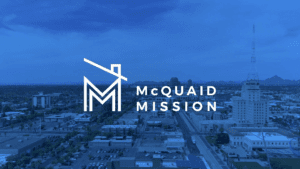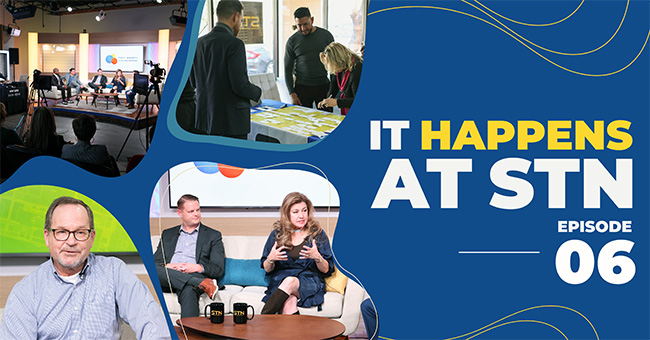This spring, thanks to an influx of pre-development funds from the Arizona Community Foundation, UMOM New Day Centers opened the brand new Newsom Village. A 60-unit, affordable housing complex located in South Phoenix.
While recent success of projects like Newsom Village, and others, is good news in the battle against systemic homeless in the Valley, more needs to be done because time is running out when it comes to COVID-era emergency funding.
In the McQuaid Mission Action Panel in March’s episode of It Happens at STN, UMOM CEO Jackson Fonder is joined by Valley of the Sun United Way Chief Community Development & Engagement Officer Rob Podlogar and APS Community Affairs Director Tina Marie Tentori. They discuss recent wins in the fight against homelessness, lessons learned from the ‘Point-In-Time’ homeless count, and breakdown the looming financial cliff that will force nonprofits to seek out more sources of funding.
McQuaid Mission is part of It Happens at STN, a local news hour dedicated to community growth and actionable solutions.
Each month, viewers get exclusive access to issues, solutions and progress related to the fight to end homelessness in Phoenix.
Action Panelists
Jackson Fonder
CEO – UMOM
Rob Podlogar
Chief Community Development & Engagement Officer
Valley of the Sun United Way
Tina Marie Tentori
Community Affairs Director – APS
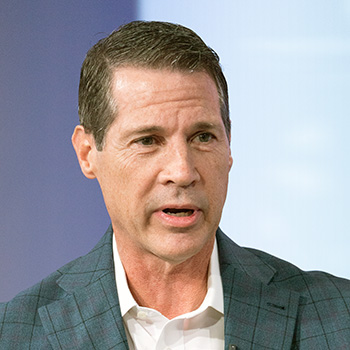
A New(som) Home
It’s a big win. That’s an affordable housing community that opened in December. [The] grand opening was last month. Sixty, two- and three-bedroom units. Those are 60 families who were either experiencing homelessness or were right on the edge.
A project like that doesn’t get done without a lot of collaboration. At least ten partners [are] involved in that complex project. Not the least of which is CVS Health, who was an incredible partner; very intentional in their impact on serving underserved zip codes.
Just the start
We’re very proud of that project. If you told me I could figure out a way to do even more, I would because projects like that need to be doubled and tripled over the next five and ten years. We’ve just got to build like crazy to offer more affordable housing.
[These] are two- and three-bedroom units at around $750-800 a month all the way to $1,200 a month, whereas the average two-bedroom, two-bath unit in Phoenix is around $1,600 a month. That’s the kind of impact it’s having on that many families.
Key Partners
That is a very complex project that starts with the Arizona Department of Housing and trickles down to the city of Phoenix and all kinds of financial partners. There are a lot of people at the table, and that is not for everybody. [But] the right people are in the right room and they know what to do.
It always starts with the conversation. You push the needle on activities and behaviors. The more we can do, the more that we can push the needle on actual projects, and talk about it and celebrate those wins and learn from our losses, that’s how we’re going to start to make these initiatives snowball.
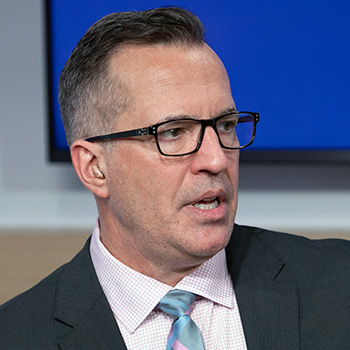
PIT Gets Personal
As part of my responsibilities at Valley of the Sun United Way, I’m the co-chair, of the Continuum of Care, and they oversee the annual P.I.T. (Point In Time) count here in Maricopa County. January 24th was the first time that I was actually able to go out and participate in that.
You work with individuals and go out and find where the homeless individuals are – those that did not have a place to sleep the night before – and talk to them and find out what it is that they need. About 900 volunteers that day spent several hours doing the count and meeting with people.
I think one of the most impactful things that I took away from [participating], and in all the years that I’ve been working in the sector in general, is the sincerity and the willingness of the volunteers to have a vulnerable conversation with an individual who they know is suffering. To be able to lean down face-to-face, [make] eye contact, and talk to them, offer them services, see what it is that they’re willing to do, learn their story.
Running Dry
Over the past couple of years with COVID, we saw that from the Federal, State, County dollars, [and] American Rescue Plan money was coming in to help us around all of the different areas that we needed. That money is going to dry up. I’m thinking it’s about 18 months, in most cases, that those dollars have to be spent.
The nonprofits have been used to having that [money] because of COVID. But there’s still the need outside of COVID. From a nonprofit sector, within Maricopa County, [there’s] probably $40 million just in the housing sector that is going to dry up.
What we need to do as a community is understand the need is still there. Houses being built and apartments being built is wonderful, but we have to understand that there are other areas still needing those funds. So, how can we work together with philanthropy, with nonprofits, with corporations to understand the need and to keep moving forward?
Edge of the Cliff
The call-to-action is continuing to work together to understand that even if COVID is behind us, the impact is not. It was a bandage that was pulled off.
I’m seeing the vulnerable families and individuals that are in Maricopa County. The increase in the cost of living here is exacerbating the situation. It’s not over yet. The cliff is coming. We still need to band together to help those in need.
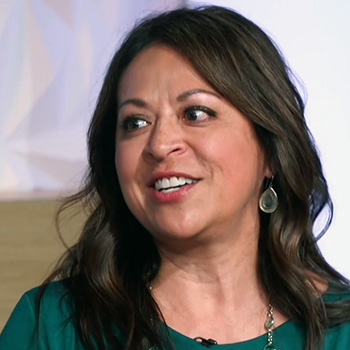
Crisis Relief
What I was really impressed with during COVID was how our community came together. We are an energy company, and that’s not our specialty to deal with COVID and [the] crisis that was happening, but we reached out to our partners at Valley of the Sun United Way, [and] Arizona Community Foundation, to say, “what can we do?”
As a corporation, we can fund crisis relief. That to me was a start of something, I think it really started to open our eyes to the issues that Arizona is facing.
I’d say as COVID continues, post-COVID, whatever term you’re using, it really did put a focus on what our issues are with the added inflation and things that are happening [like] people losing their jobs, the impact it had on small businesses, but homelessness significantly.
Collective Problem Solving
I’ve been really thrilled watching the conversation turn from where companies just gave to the organizations that they normally would partner with, to “how do we collectively have an impact?”
We will have more of an impact when we come together and collaborate, so the partnership of business and community, the public-private sector is going to be so important.
I think those conversations are starting to happen. Our nonprofits know more than ever what is going on. When you talk about volunteerism, getting our employees out in the streets, in the city of Phoenix, handing out waters was a big deal this last summer and brought an awareness that we need to do something.
Partnering with UMOM and CASS (Central Arizona Shelter Services) and St. Vincent DePaul is all part of our strategy. But collectively, how can we bring other funders to the table so that we can talk about the issues and collectively try to help solve?
Call-to-Action
Our nonprofit partners are closest to the need and really know what it’s going to take. I think being able to share with funders is really what they really need. It is very important. I’d say companies coming together and learning more about what the need is and coming together to fund, and bringing other funders to the table.


